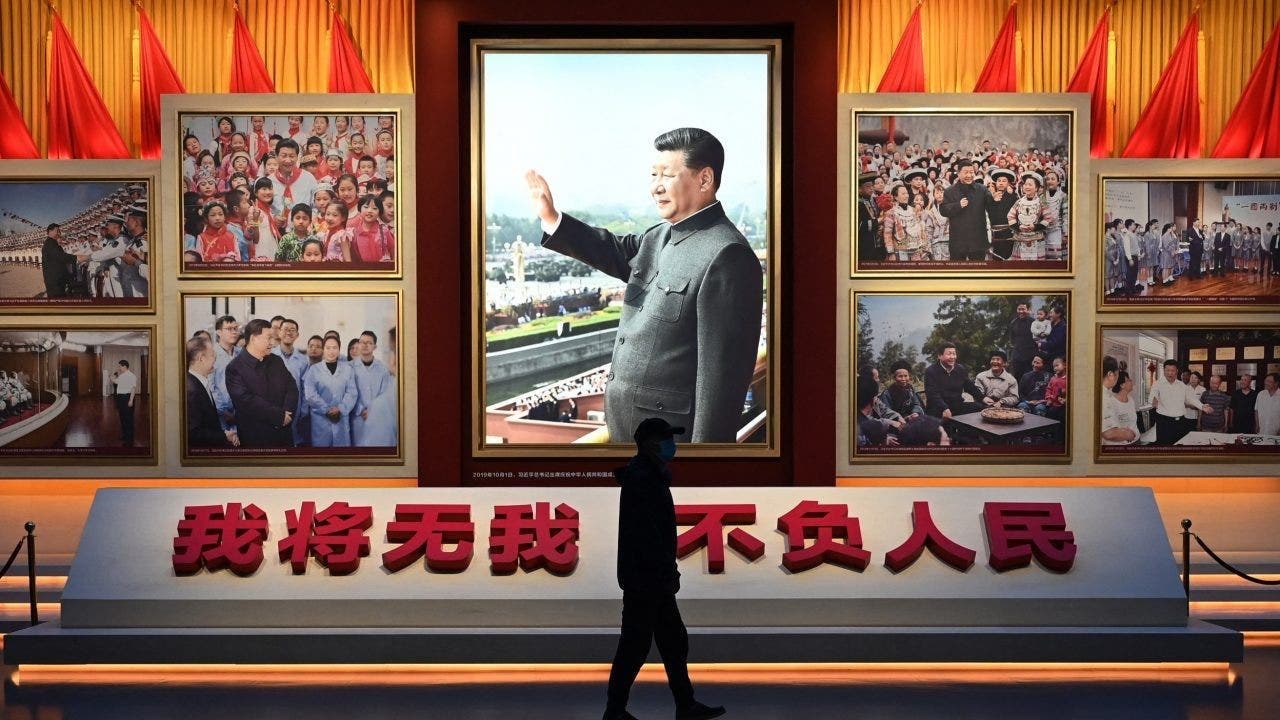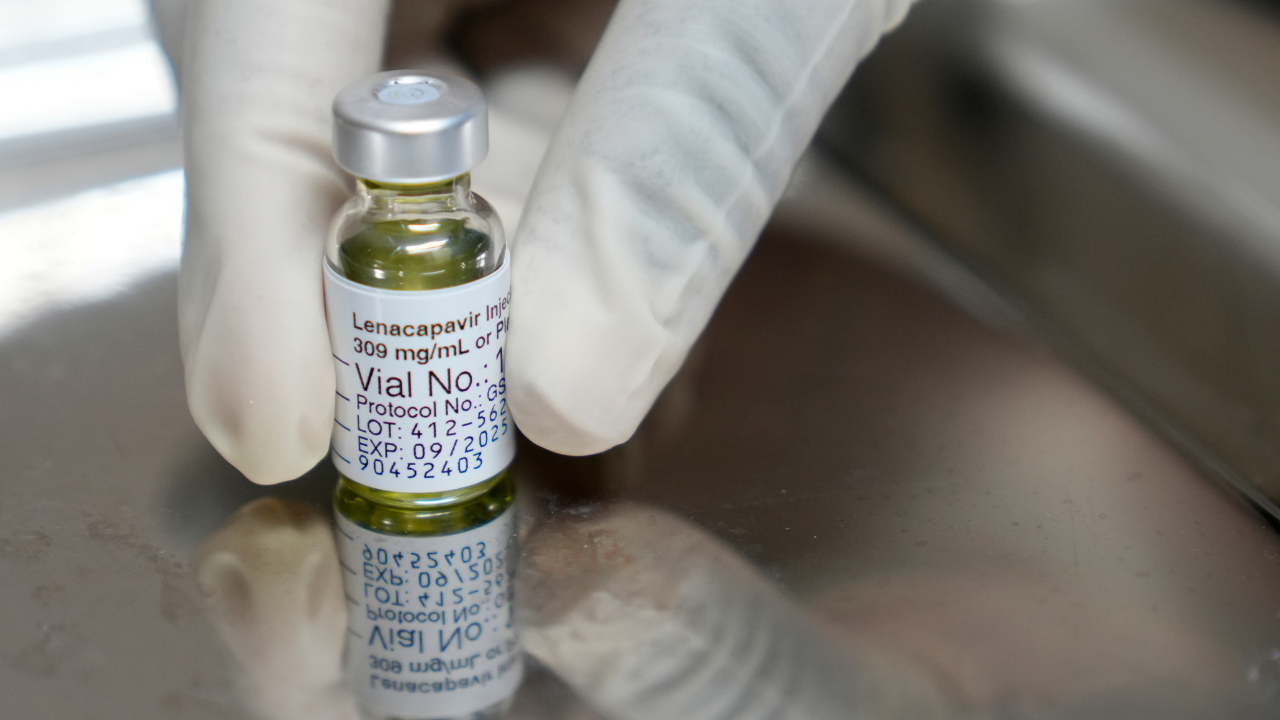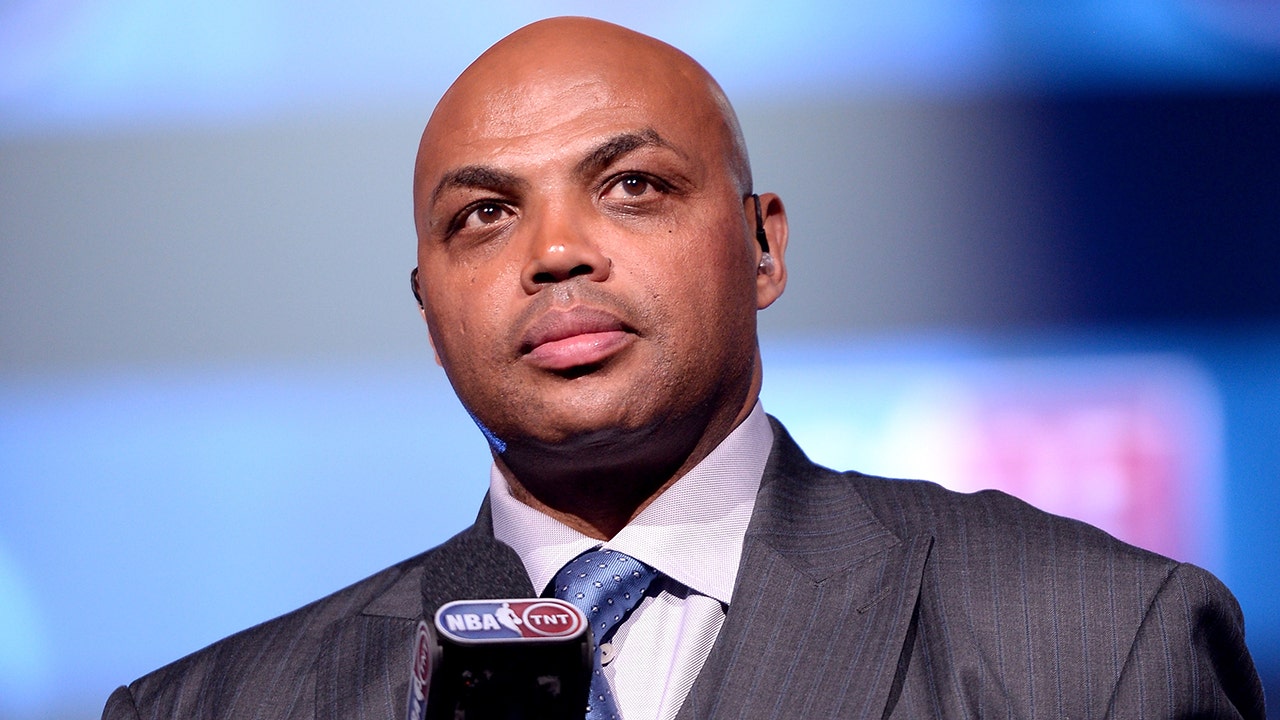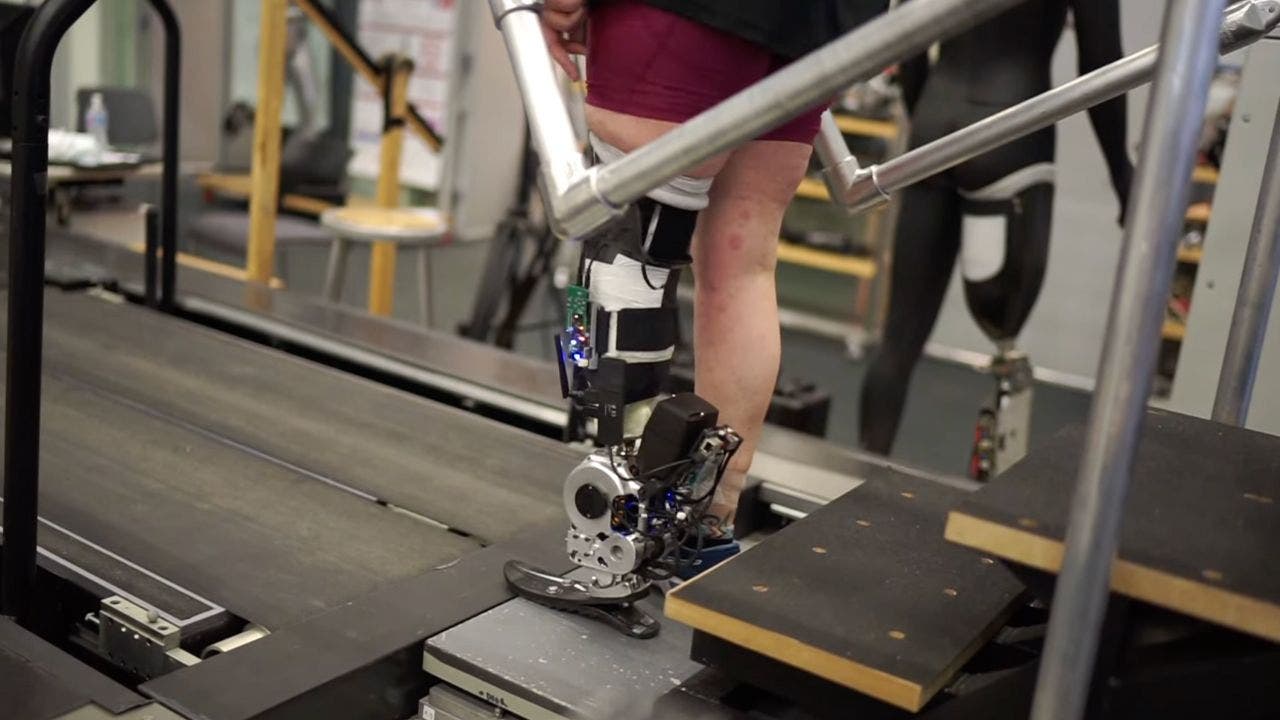Minneapolis, MN
End of the Road: Why Uber and Lyft Are Abandoning Minneapolis Over New Driver Pay Laws – View from the Wing

End of the Road: Why Uber and Lyft Are Abandoning Minneapolis Over New Driver Pay Laws
Uber and Lyft have announced that they’re leaving Minneapolis May 1, 2024 in response to new city rules on driver pay. Uber is clear this will mean no airport pickups or drop offs. Lyft’s statement leaves open some ambiguity about the airport, although if they continue with airport service it may be only for out of towners.
The Minneapolis City Council overrode the mayor’s veto to pass new rideshare rules requiring minimum driver pay of $1.40 per mile and $0.51 per minute while transporting passengers; guaranteeing a minimum pay of $5 per ride; and requiring pass-through of at least 80% of cancel fees.
This would be pay substantially higher than the local $15.57 minimum wage. The Mayor believes that $0.89 per mile and $0.49 per minute would achieve that level of pay. The per-mile requirement is 57% higher than this.
The path to profitability for Uber and Lyft has always been about depressing wages for gig workers.
If a company can’t afford to pay their drivers a livable wage, maybe that company doesn’t deserve to exist. pic.twitter.com/x3WAASr4K2
— Lee Hepner (@LeeHepner) March 15, 2024
This is a bad take. As the Mayor put it,
Everyone wants to see Uber and Lyft drivers get paid more. But getting a raise doesn’t do a whole lot of good if you lose your job.
People choose to drive Uber/Lyft because it’s more lucrative than their next-best option (sometimes within their scheduling constraints). This critic is dangerously close to saying that if someone can’t otherwise earn a living wage, that they don’t deserve to exist. Shocking.
Uber and Lyft left Austin where I live back in 2016, after the city passed a number of rideshare regulations. Fingerprint-based background checks got most of the coverage, but rules also carved out lucrative rides for festivals and other activities only for taxis. Other services like RideAustin, Fasten, and Wingz picked up the slack after a period in which rides of any kind were difficult to get and thousands of people had been put out of work. The city largely ignored its own rideshare rules to let these services scale. They were generally more expensive and had fewer drivers than Uber and Lyft.
The state of Texas passed its own comprehensive rideshare rules, trumping local efforts, in 2017 and Uber and Lyft returned – mostly squeezing out those companies that had serviced the city while they were gone.
It’s perfectly fair to criticize companies that pretended tipping was going to increase driver wages, when it simply displaced pay from Uber/Lyft. The introduction of tipping simply shifted where driver pay was coming from, it did not increase it which is part of why tipping norms are destructive.
And it’s also fair to critique companies that light VC money on fire, only to learn they eventually have to self-fund. It’s hard to make money selling a service like transportation where there’s a limit to how much passengers will pay, and an amount drivers need to earn, while still earning a margin.
These aren’t massively profitable companies. Lyft’s operating margin has ranged from -79.26% in Q3 2022 to -34.97% in Q1 2023. Lyft famously issued a mistaken press release, overstating expected margin growth. Their adjusted profit margin as a percentage of bookings is expected to be 2.1% this year, up from 1.6% in 2023. And then there’s Uber:
Is this “exploitation” in the room with us? https://t.co/dA1dXGnkDQ pic.twitter.com/xQaVf0TVli
— Max Weber (@max_oikonomikos) March 17, 2024
But people who chose to drive for Uber and Lyft, no matter how much you criticize those companies, were better off for having done so compared to their next best alternative. Deferring to the actual decisions people make in their lives is grossly underrated. The Minneapolis city rule means consumers and drivers take an L, while cab companies win (and do not appear to be subject to these new rules).
More From View from the Wing

Minneapolis, MN
Davide Harabagiu Highlights Night 3 On Minneapolis Futures With 52.95 100 Fly

2024 FUTURES CHAMPIONSHIPS- MINNEAPOLIS
Davide Harabagiu highlighted night 3 of competition in Minneapolis swimming to a 52.95 in the 100 butterfly. That was just off his personal best of a 52.75 from Settecolli in Rome last month. Harabagiu swims collegiately for Minnesota but originally hails from Italy.
Also highlighting the night was Annike Parkhe who swam to a 58.85 in the 100 fly, the only swimming under the 1:00 mark. Parkhe has a best time of a 58.58 that she swam for 13th during prelims of US Olympic Trials last month. She finished 16th in semifinals in a 59.02.
Finishing behind Parkhe in the 100 fly was Grace Rabb who swam a 1:00.28. Later in the session, Rabb earned a win touching in a 2:32.69 in the 200 breast. Rabb, a Florida commit, swam a best time in the 100 fly as her previous best was a 1:01.36. Her 200 breast best time stands at a 2:32.39 from May.
The final winner on the women’s side was Katie McCarthy who won the 400 free in a 4:15.81. McCarthy was 34th in the event at US Trials in a 4:14.90 and has a best time of a 4:14.89.
The men’s 400 free was a battle as Jiarui Xue earned the win in a 3:59.16 touching just ahead of Chase Maier who swam a 3:59.24. Xue has a best time of a 3:59.00 and is committed to Princeton while Maier dropped a huge best time as his previous best was a 4:05.01.
Sirui Wang won the 200 breast in a 2:17.24, almost a five second drop from his previous best of a 2:22.05 from May. He was a 2:22.65 in the event at the last summer.
Minneapolis, MN
Minneapolis City Council introduces new safety plan with alternatives to police response

Minneapolis leaders lay out new safety plan
The new plan folds in efforts already underway like the behavioral response team which is sent on some crisis calls where police are not necessary, or a new traffic control unit that is staffed by people who are not sworn officers. But the real purpose of the Safe and Thriving Communities plan is to offer a sort of road map to public safety.
MINNEAPOLIS (FOX 9) – Minneapolis City Council members are asking the public for feedback on a new public safety model that they hope will restore trust in public safety services.
Officials say the Public Safety Beyond Policing Action Plan is based on an outline of a community safety system that will include “preventative, restorative and response services beyond policing.”
What we know
City leaders say they are moving to codify the Public Safety Beyond Policing Action Plan after the Minneapolis Safe and Thriving Communities Blueprint that was announced last year.
READ MORE: Minneapolis leaders lay out a new plan for community safety
The first draft of the Public Safety Beyond Policing Action Plan was presented earlier this week. City officials say public comment and feedback on the 10-year plan will be taken for 45 days.
An overview and briefing detailing the progress of the Safe and Thriving Communities Report was presented during Wednesday’s Public Health and Safety Committee (PHS).
Public engagement and comment sessions will also be held in front of the PHS committee before the final adoption of the plan, which is expected to happen in the fall of 2024.
What they’re saying
Minneapolis officials say “there has been little or unclear movement on implementation by the administration” since the last city-wide community safety plan last year.
A news release announcing the latest policing plan said there are concerns over a “lack of seriousness” about the city implementing a new comprehensive safety system.
Vice Chair of the Public Health and Safety Committee and City Council Member Robin Wonsley said the following in the same news release: “Council is serious about realizing the comprehensive public safety system that our residents have asked for since May 2020. We can have a city where there are a multitude of preventive, responsive, and restorative services to meet our public safety needs efficiently and equitably. The Safe and Thriving Communities Report and the Public Safety Beyond Policing Action Plan includes a clear ten-year guide to make this vision a reality.”
Public Health and Safety Chair and City Council Member Chavez said “Ward 9 is home to one of the most diverse communities in the whole state and residents are deeply engaged in leading on public safety work. Residents are tired of empty promises and slow progress when it comes to their safety needs. The time to act is now and the Council is ready to continue to lead on keeping all of us safe.”
Minneapolis City Council President Elliot Paynes released a statement saying “This is the City Council flexing our oversight responsibility. The administration put forward a plan with the Safe and Thriving Communities report and we are making sure the promise of this plan is fulfilled with transparency and with the input of our community at the center of it.”
Background
This is the latest development after the Safe and Thriving Communities plan was announced last year. Advocates say it took a “holistic approach” to public safety.
That plan came after the development of a plan was requested by Mayor Jacob Frey in 2021.
City officials say they are currently in phase one of implementing the Safe and Thriving Communities plan.
The Minneapolis City Council also approved a new police contract earlier this month that includes a nearly 22% pay raise for officers over the next three years.
Minneapolis, MN
Minneapolis park board, striking workers reach tentative deal

Watch CBS News
Be the first to know
Get browser notifications for breaking news, live events, and exclusive reporting.
-

 World1 week ago
World1 week agoOne dead after car crashes into restaurant in Paris
-

 Midwest1 week ago
Midwest1 week agoMichigan rep posts video response to Stephen Colbert's joke about his RNC speech: 'Touché'
-

 News1 week ago
News1 week agoVideo: Young Republicans on Why Their Party Isn’t Reaching Gen Z (And What They Can Do About It)
-

 Movie Reviews1 week ago
Movie Reviews1 week agoMovie Review: A new generation drives into the storm in rousing ‘Twisters’
-

 News1 week ago
News1 week agoIn Milwaukee, Black Voters Struggle to Find a Home With Either Party
-

 Politics1 week ago
Politics1 week agoFox News Politics: The Call is Coming from Inside the House
-

 News1 week ago
News1 week agoVideo: J.D. Vance Accepts Vice-Presidential Nomination
-

 World1 week ago
World1 week agoTrump to take RNC stage for first speech since assassination attempt
/cdn.vox-cdn.com/uploads/chorus_asset/file/25547597/Screen_Shot_2024_07_26_at_3.55.30_PM.png)













